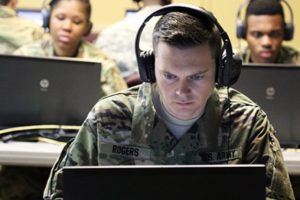
The Army’s new “as a service” approach to address its lagging enterprise information technology (IT) modernization will include 15 prototype projects across its installations, starting with with three pilot programs in 2019 and another five in 2020, according to a new notice. Officials released a Request for Information on Thursday detailing initial requirements for the Army’s new “Enterprise IT as a Service” (EITaaS) model, which will shift its modernization focus toward industry bringing in contractor owned and operated IT. “The…

 By
By 











